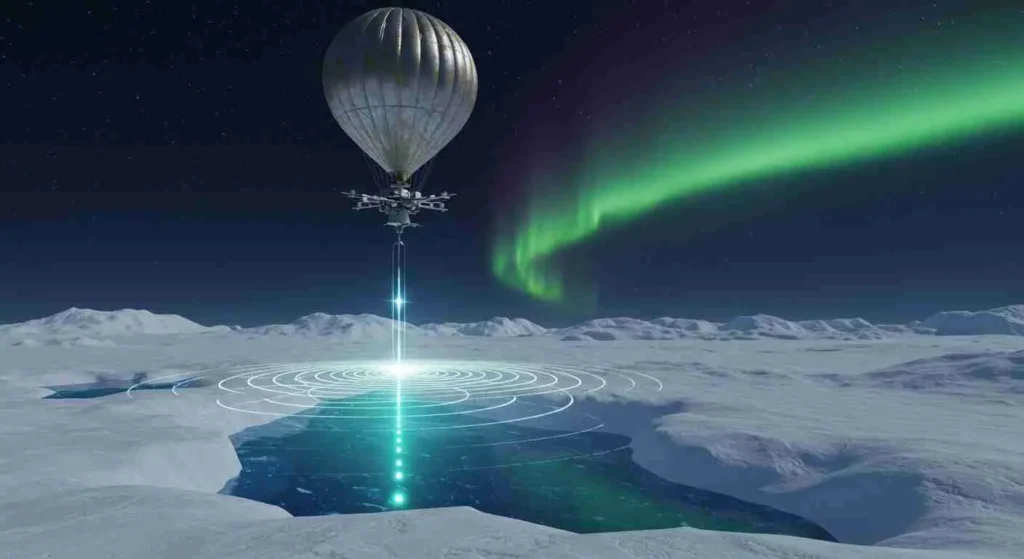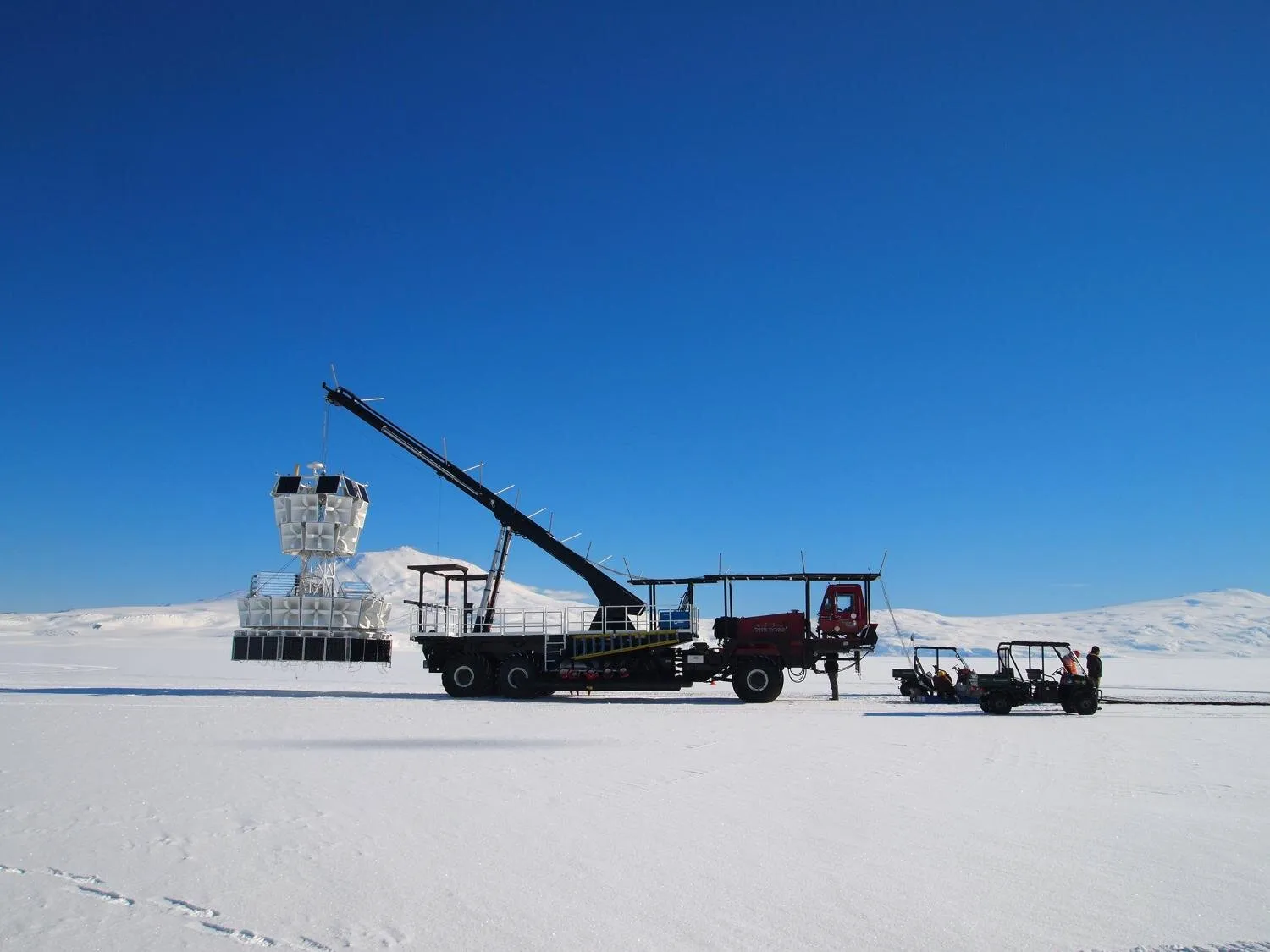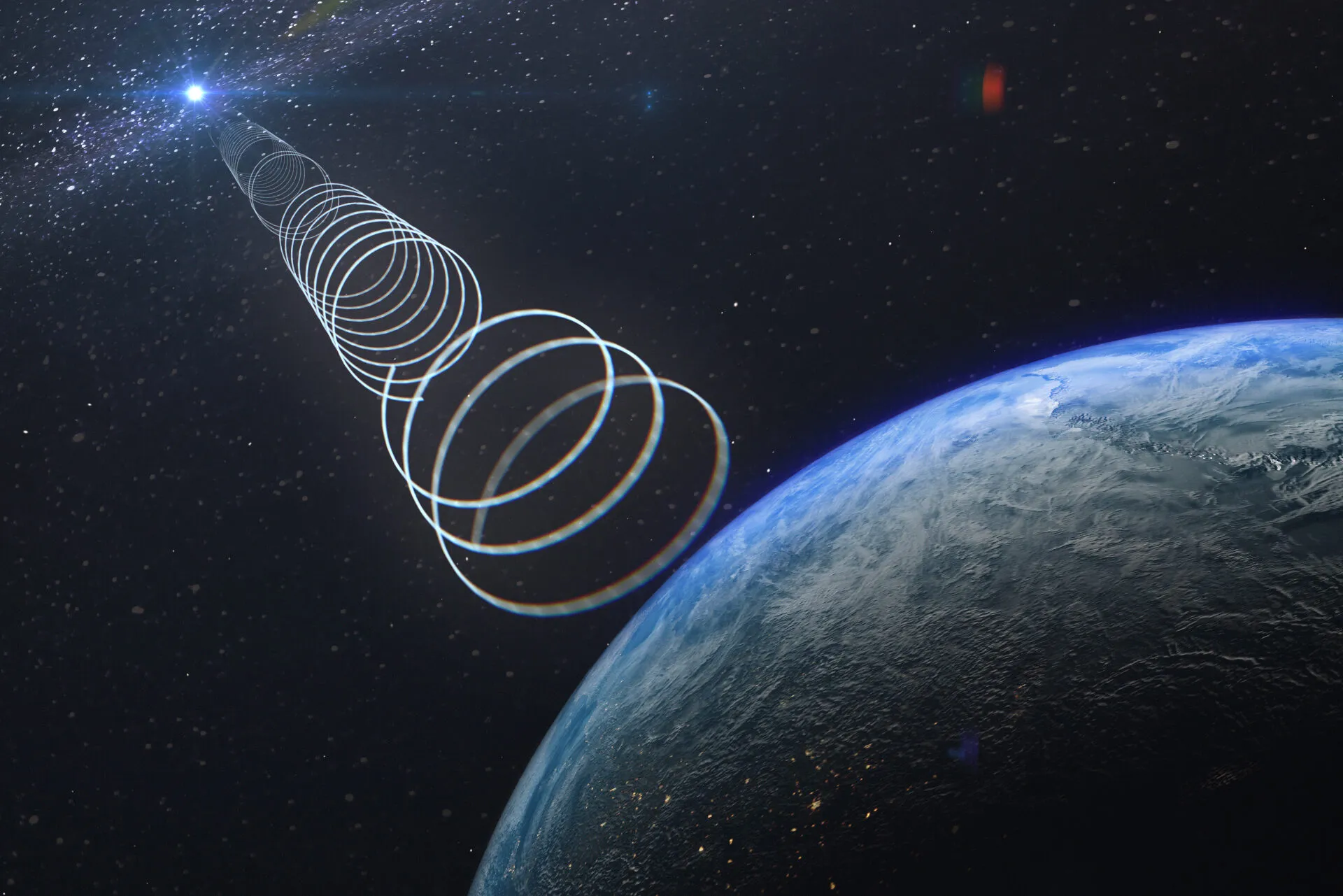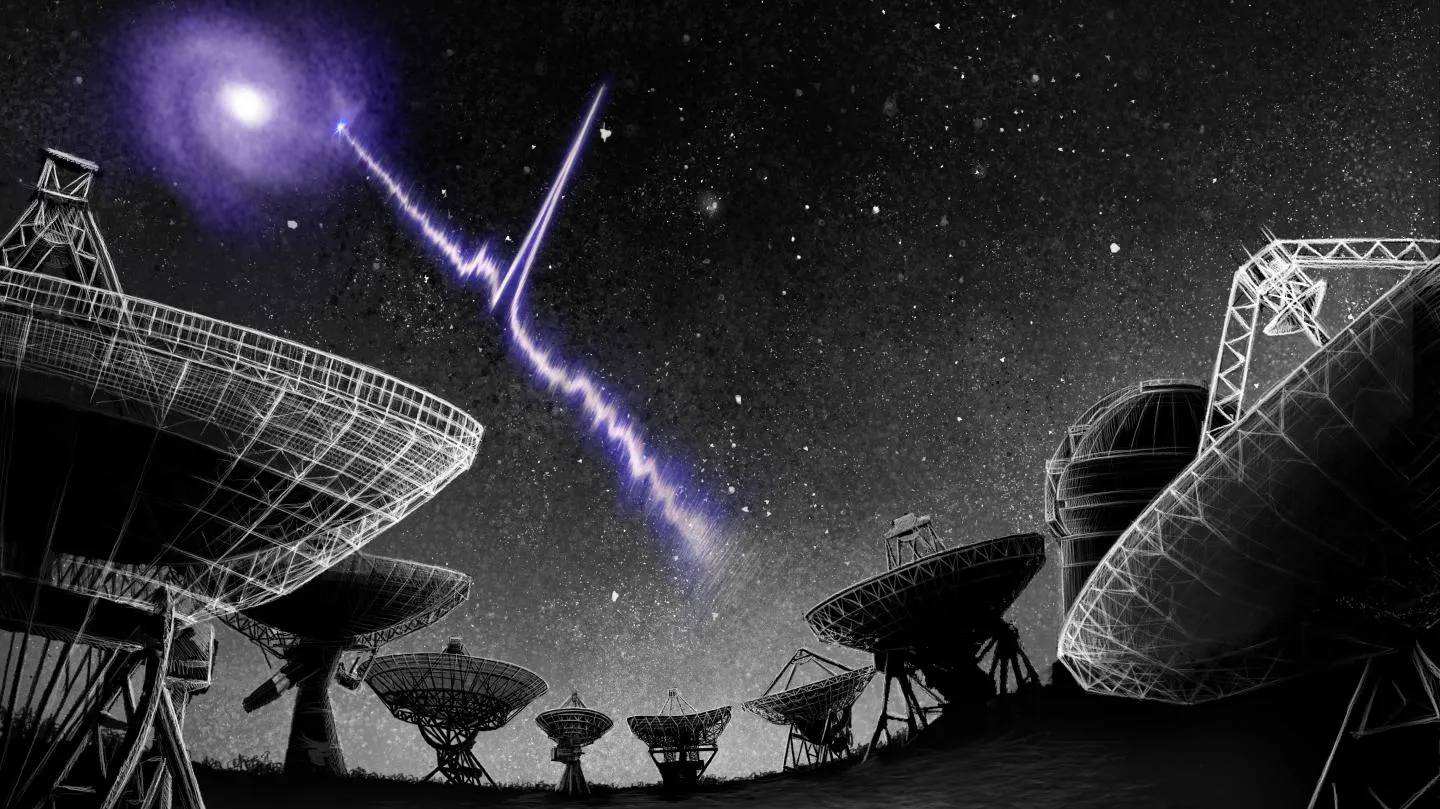
In the vast, frozen desert of Antarctica, a signal from the deep has rekindled one of the most tantalizing mysteries in astrophysics. It was back in 2006 when the Antarctic Impulsive Transient Antenna (ANITA), a NASA experiment lofted high into the stratosphere by a balloon, picked up something scientists didn’t expect: a burst of radio waves coming not from space, but from beneath the ice. What should have been a cosmic ray shower plunging into Earth looked suspiciously like the opposite — as if something from within the Earth was pushing out. And not just once. A similar anomaly appeared again in 2014, setting off nearly a decade of speculation, simulations, and now, a renewed hunt for answers.

Not Your Average Cosmic Ray
Cosmic rays — high-energy particles from deep space — are a regular guest at Earth’s atmospheric party. We’re used to them. But what ANITA saw wasn’t typical. As astrophysicist Stephanie Wissel of Penn State University put it:
“The radio waves that we detected were at really steep angles, like 30 degrees below the surface of the ice.”
That angle alone sets off alarm bells. If the signal came from a tau neutrino (one of the “ghost particles” that permeate the universe), it would have had to travel through hundreds of kilometers of solid Earth and exit through the Antarctic ice. While neutrinos are known for their ghostly ability to pass through matter without interaction — about a billion zip through your thumbnail every second — detecting one emerging like this defies conventional expectations.
“This is the double-edged sword problem,” Wissel explained. “If we detect them, it means they have traveled all this way without interacting with anything else. We could be detecting a neutrino coming from the edge of the observable Universe.”
But that’s a big if. So far, most signs point away from the neutrino theory. Even the idea that a distant supernova could have created the conditions for such a neutrino doesn’t quite check out. Only the 2014 anomaly lined up with a potential cosmic event; the 2006 one had no such candidate.

Running Out of Explanations
Determined to get to the bottom of it (literally), scientists turned to another powerful detector: the Pierre Auger Observatory in Argentina. Spanning over 3,000 square kilometers, it’s one of the world’s largest cosmic ray observatories. Researchers ran detailed simulations to see if the ANITA anomalies could’ve been detected there too. Spoiler alert: they couldn’t.
“We haven’t been able to find any of those yet either,” Wissel admitted. “So, right now, it’s one of these long-standing mysteries.”
Ruling out neutrinos — or at least, conventional ones — opens a door to even stranger possibilities. Could ANITA have stumbled upon an entirely new type of particle? Something exotic that doesn’t behave like anything we know?
That question, tantalizing as it is, remains unanswered.
ANITA Retires, PUEO Takes Flight
As with all good stories in science, the plot thickens just as the main character exits the stage. ANITA’s final flight was in 2016, but its legacy lives on — and not just in dusty data archives. A successor is gearing up for its moment in the Antarctic spotlight: the Payload for Ultrahigh Energy Observations, or PUEO.
Engineered with significantly greater sensitivity and advanced detection tools, PUEO is being touted as the experiment that might finally deliver answers.
“I’m excited that when we fly PUEO, we’ll have better sensitivity. In principle, we should pick up more anomalies, and maybe we’ll actually understand what they are,” Wissel said. “We also might detect neutrinos, which would in some ways be a lot more exciting.”
With PUEO on the horizon, scientists are hoping to not only confirm what ANITA saw but perhaps even identify the mysterious culprit. Whether that turns out to be a neutrino behaving badly, an unknown particle, or some unexplored radio propagation phenomenon in ice — the answers could reshape our understanding of fundamental physics.

Why This Matters: Beyond the Ice
This isn’t just about weird signals from the South Pole. If ANITA really did catch a glimpse of a new kind of particle, the implications ripple through particle physics, astrophysics, and cosmology. It could challenge existing models or introduce entirely new ones — including those that brush the edge of dark matter, supersymmetry, or other speculative theories. And let’s not forget: Antarctica, often thought of as Earth’s final frontier, might be a window into the universe’s deepest secrets. In a scientific field where precision often comes with dry statistics, this anomaly stirs genuine excitement — the kind that gets researchers up in the morning, pouring over years-old data, and betting on balloons to fly again.

The radio pulses recorded under Antarctic ice might be nature’s version of a cryptic message — something whispering from beneath, asking us to pay closer attention. As science waits for PUEO’s next flight, the world watches too. Could the solution to this icy enigma lead us to discover a new realm of physics? Or is it a misunderstood echo of something entirely familiar?
For now, we can only wonder. But in that wonder lies the spark of discovery.